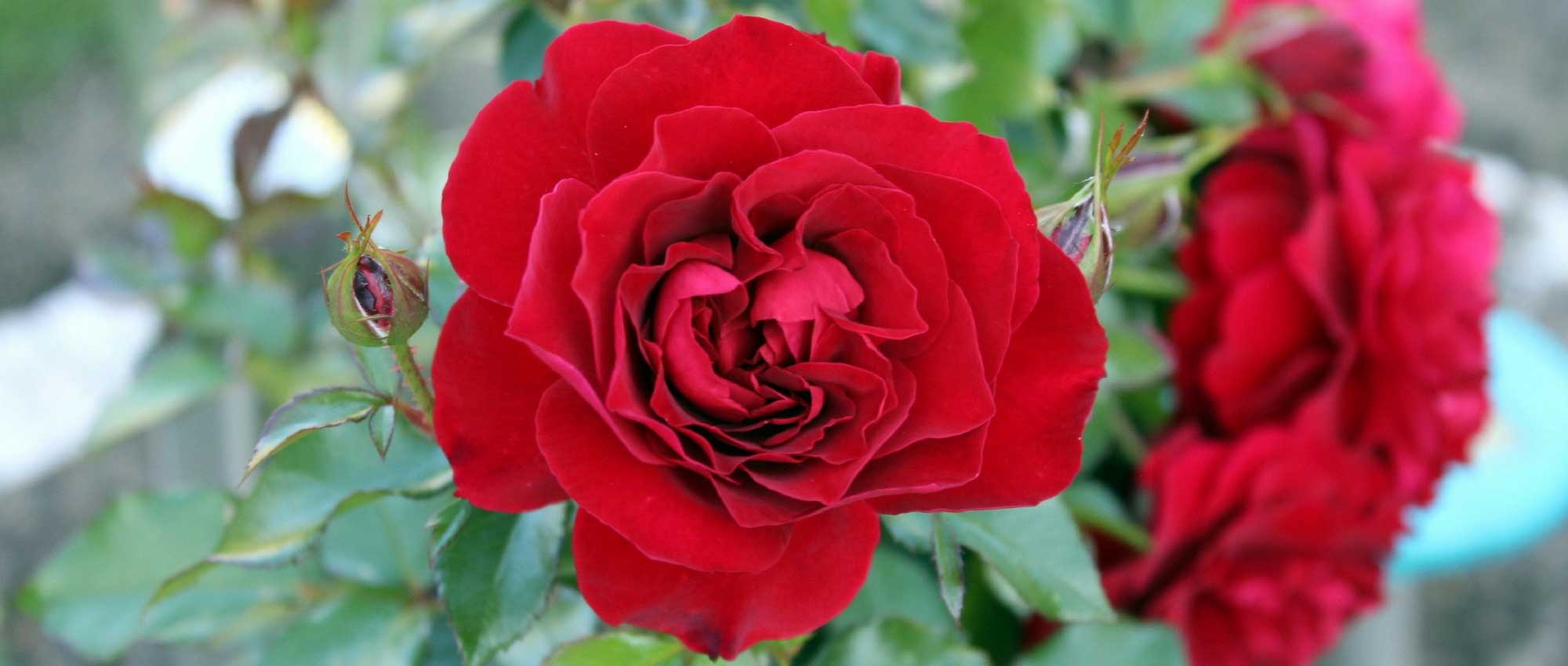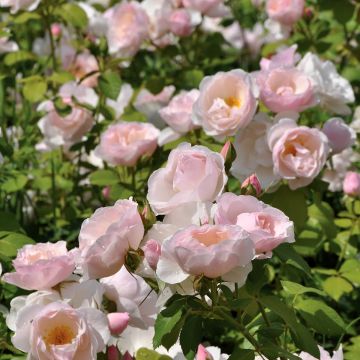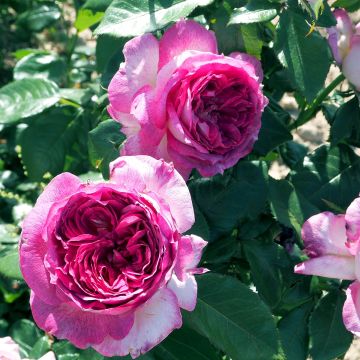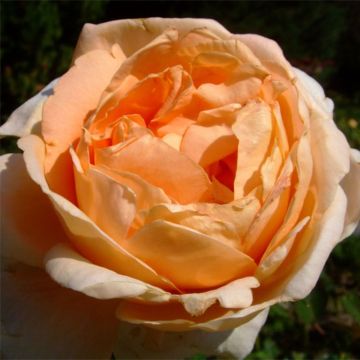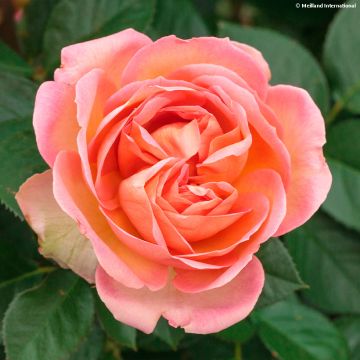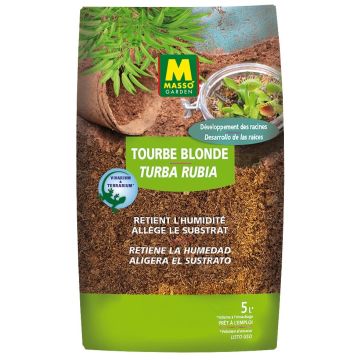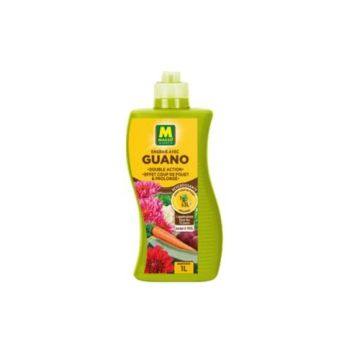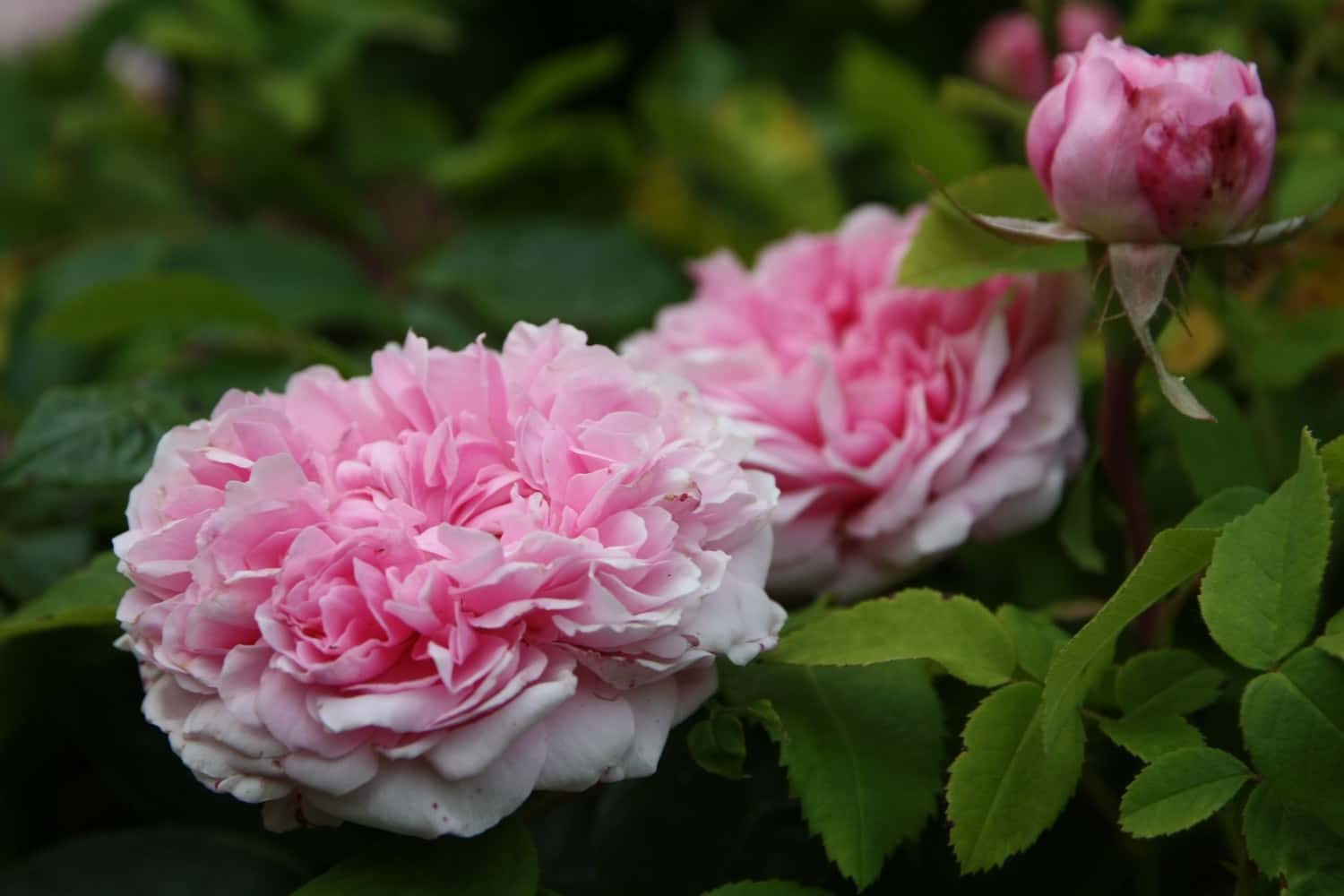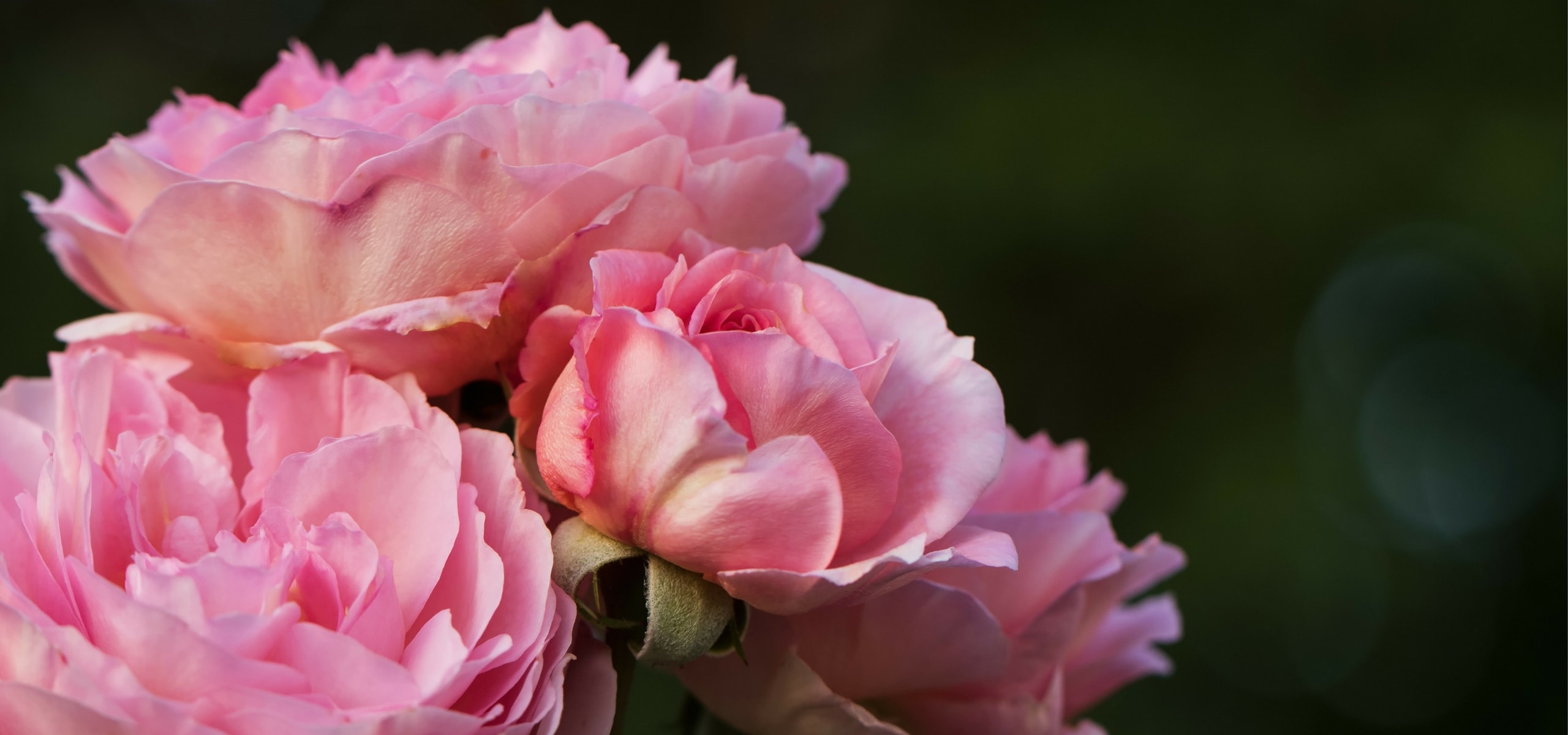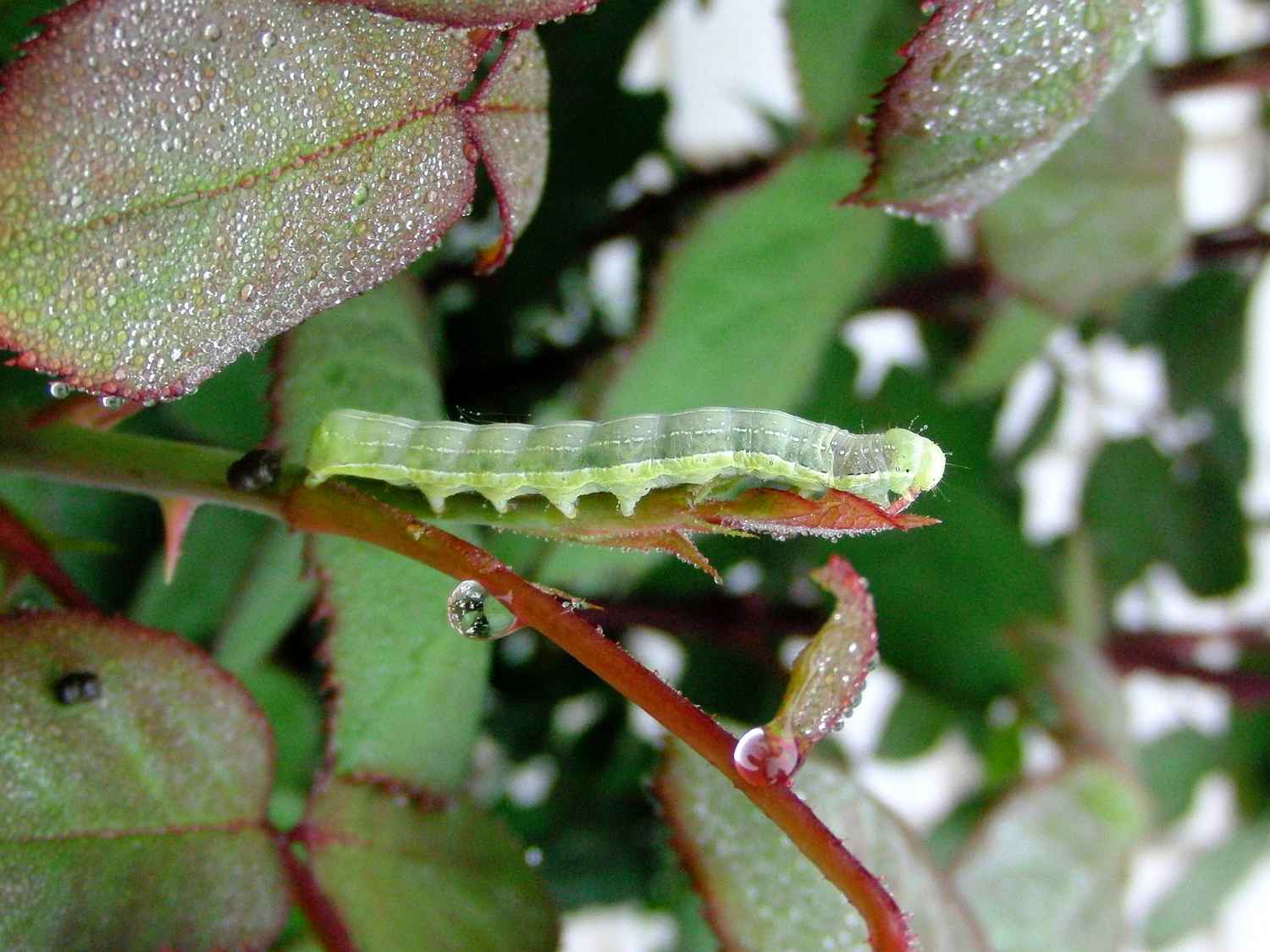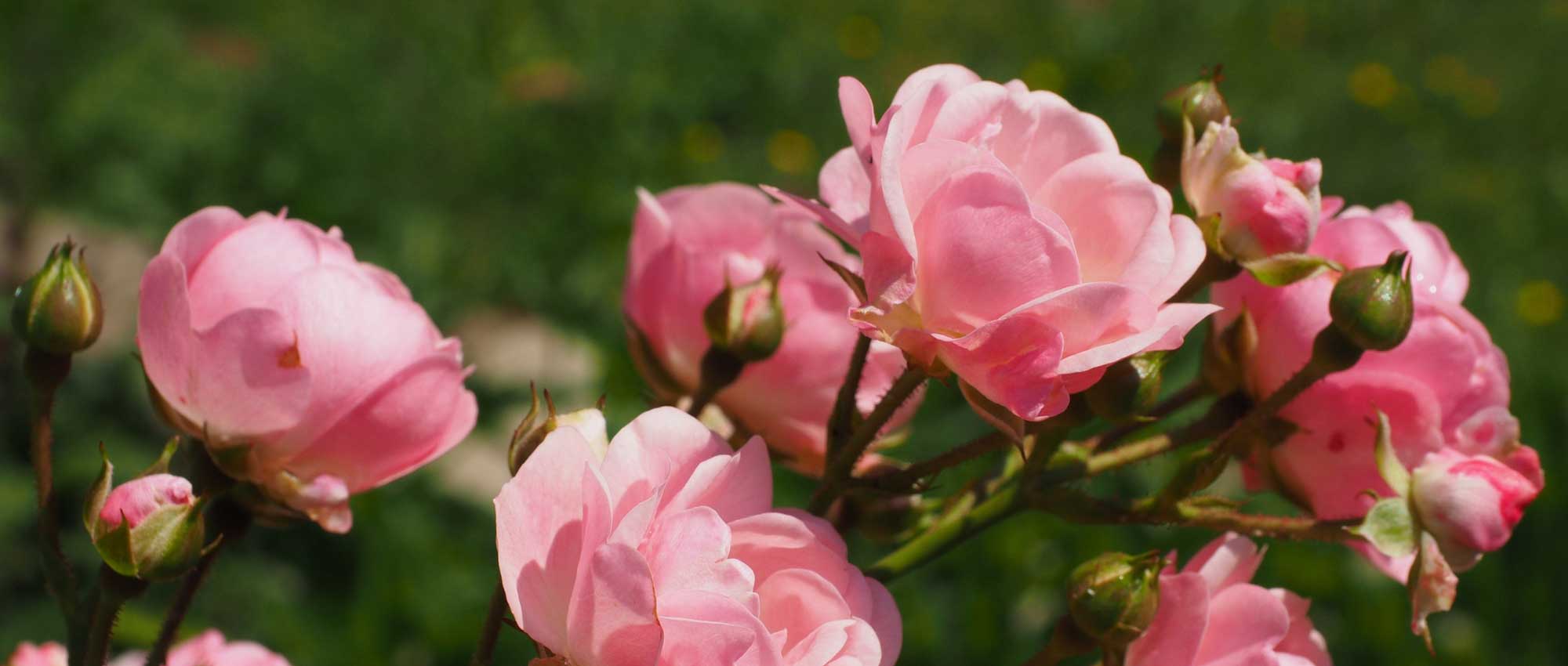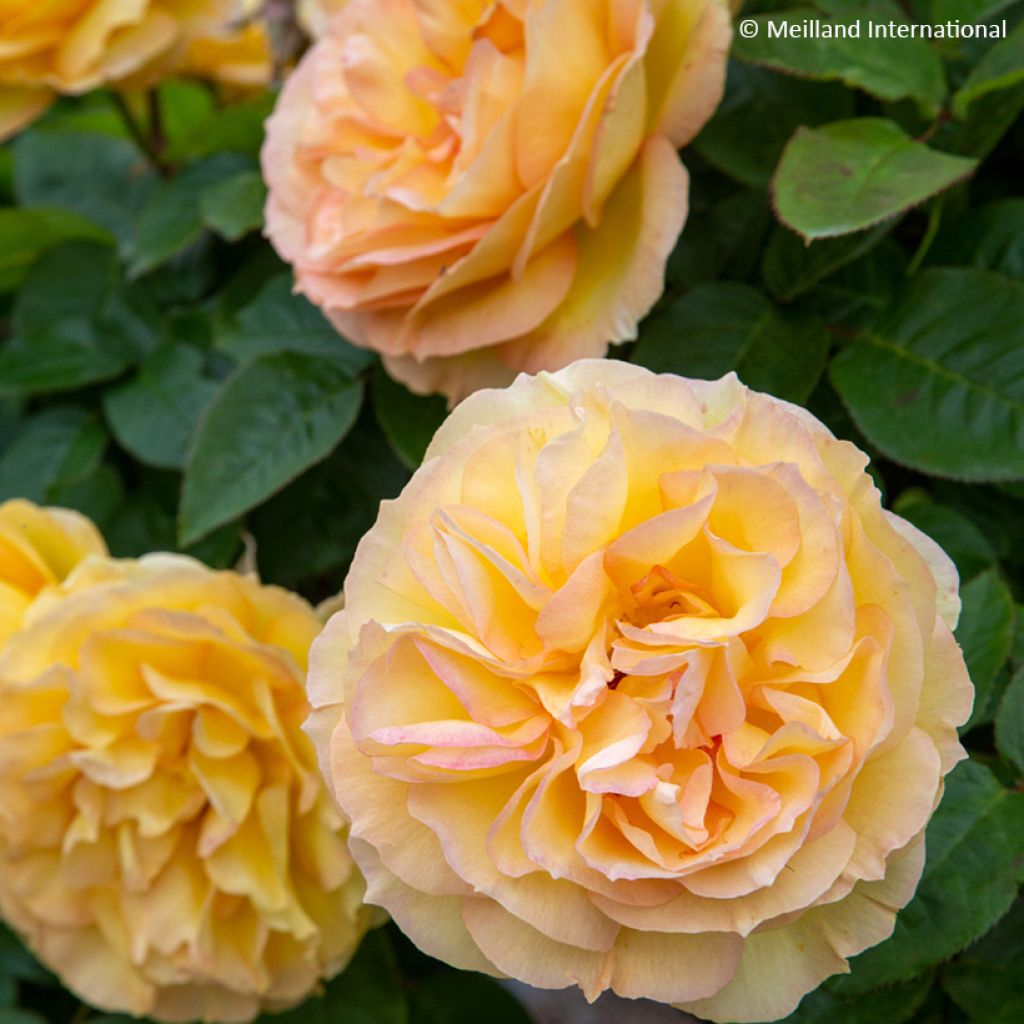

Rosa 'Meipiokou' SUMMERTIME® - Rosier Summertime, Rosier Sunny Romantica
Rosa 'Meipiokou' SUMMERTIME® - Rosier Summertime, Rosier Sunny Romantica
Rosa 'Meipiokou' SUMMERTIME®
Rosier Summertime, Rosier Sunny Romantica
Special offer!
Receive a €20 voucher for any order over €90 (excluding delivery costs, credit notes, and plastic-free options)!
1- Add your favorite plants to your cart.
2- Once you have reached €90, confirm your order (you can even choose the delivery date!).
3- As soon as your order is shipped, you will receive an email containing your voucher code, valid for 3 months (90 days).
Your voucher is unique and can only be used once, for any order with a minimum value of €20, excluding delivery costs.
Can be combined with other current offers, non-divisible and non-refundable.
Home or relay delivery (depending on size and destination)
Schedule delivery date,
and select date in basket
This plant carries a 24 months recovery warranty
More information
We guarantee the quality of our plants for a full growing cycle, and will replace at our expense any plant that fails to recover under normal climatic and planting conditions.

Does this plant fit my garden?
Set up your Plantfit profile →
Description
The Summertime® Rose is as radiant as elegant variety bringing a delightful touch of softness and warmth to the garden. With its large ochre-yellow flowers set against a dark, glossy foliage, it brightens up flowerbeds, flowering hedges, and large containers. Part of the ROMANTICA® collection, this shrub boasts the romantic charm of old-fashioned roses combined with the qualities of modern varieties. Disease-resistant and easy to grow, it flowers throughout the summer season with minimal care. In a vase, you'll enjoy its lasting charm as a cut flower arrangement.
Introduced by Meilland in 1995, the Summertime® 'Meipiokou' Rose is a variety that evokes the gentleness of summer evenings. It belongs to the group of large-flowered roses (hybrid teas) renowned for their floribundus nature and the quality of their blooms. Also marketed as the Sunny ROMANTICA®, this rose was awarded the Silver Medal in Rome in 2008, highlighting its beauty and garden performance.
This variety is characterised by its bushy, upright habit, reaching approximately 1m in height and 50 to 60cm in spread. It has a dark green, glossy, and dense foliage. Its growth is vigorous and balanced, with excellent disease resistance. The stems are thorny. Its bold double flowers measuring 10 to 11cm in diameter have a quartered form, typical of old roses. They appear in clusters of 2 to 5 flowers and bloom in successive waves throughout the season. Their ochre-yellow hue shaded with coppery tones changes depending on the climate. A very light, fresh fragrance emanates from them—subtle yet pleasant. Flowering begins in late May or early June and continues until the first frosts. The foliage is deciduous, falling in winter before regrowing vigorously in spring.
The Summertime® Rose adapts to many uses: as a standalone specimen, in groups, in flower beds, or mixed borders. Its warm colouring pairs beautifully with yellow, orange, or red and complements blues and purples perfectly. It will fits well in an English-style or a cottage garden among easy-to-grow perennials and other old-fashioned roses. It can also be grown in large containers to adorn a terrace, patio, or paved courtyard. And its flowers hold up well in a vase.
Plant habit
Flowering
Foliage
Botanical data
Rosa
'Meipiokou' SUMMERTIME®
Rosaceae
Rosier Summertime, Rosier Sunny Romantica
Rosa 'Meipiokou' SUNNY ROMANTICA®, Rosa SUMMERTIME
Cultivar or hybrid
Other Large-flower tea Roses
View all →Planting and care
To plant your Summertime rose, prepare the soil by digging a 25 cm cube, breaking up the earth well and adding a base fertiliser such as dried blood or dehydrated horn at the bottom of the planting hole. Place yourplant after removing it from its pot, covering the top of the root ball with 3 cm of soil, backfill and water thoroughly to remove any air pockets. In dry weather, water regularly for a few weeks to encourage root establishment. Also consider feeding your rose with a special rose fertiliser to stimulate flowering. Choose a sunny spot, or partial shade in very hot regions.
Planting period
Intended location
Care
Planting & care advice
This item has not been reviewed yet - be the first to leave a review about it.
Haven't found what you were looking for?
Hardiness is the lowest winter temperature a plant can endure without suffering serious damage or even dying. However, hardiness is affected by location (a sheltered area, such as a patio), protection (winter cover) and soil type (hardiness is improved by well-drained soil).

Photo Sharing Terms & Conditions
In order to encourage gardeners to interact and share their experiences, Promesse de fleurs offers various media enabling content to be uploaded onto its Site - in particular via the ‘Photo sharing’ module.
The User agrees to refrain from:
- Posting any content that is illegal, prejudicial, insulting, racist, inciteful to hatred, revisionist, contrary to public decency, that infringes on privacy or on the privacy rights of third parties, in particular the publicity rights of persons and goods, intellectual property rights, or the right to privacy.
- Submitting content on behalf of a third party;
- Impersonate the identity of a third party and/or publish any personal information about a third party;
In general, the User undertakes to refrain from any unethical behaviour.
All Content (in particular text, comments, files, images, photos, videos, creative works, etc.), which may be subject to property or intellectual property rights, image or other private rights, shall remain the property of the User, subject to the limited rights granted by the terms of the licence granted by Promesse de fleurs as stated below. Users are at liberty to publish or not to publish such Content on the Site, notably via the ‘Photo Sharing’ facility, and accept that this Content shall be made public and freely accessible, notably on the Internet.
Users further acknowledge, undertake to have ,and guarantee that they hold all necessary rights and permissions to publish such material on the Site, in particular with regard to the legislation in force pertaining to any privacy, property, intellectual property, image, or contractual rights, or rights of any other nature. By publishing such Content on the Site, Users acknowledge accepting full liability as publishers of the Content within the meaning of the law, and grant Promesse de fleurs, free of charge, an inclusive, worldwide licence for the said Content for the entire duration of its publication, including all reproduction, representation, up/downloading, displaying, performing, transmission, and storage rights.
Users also grant permission for their name to be linked to the Content and accept that this link may not always be made available.
By engaging in posting material, Users consent to their Content becoming automatically accessible on the Internet, in particular on other sites and/or blogs and/or web pages of the Promesse de fleurs site, including in particular social pages and the Promesse de fleurs catalogue.
Users may secure the removal of entrusted content free of charge by issuing a simple request via our contact form.
The flowering period indicated on our website applies to countries and regions located in USDA zone 8 (France, the United Kingdom, Ireland, the Netherlands, etc.)
It will vary according to where you live:
- In zones 9 to 10 (Italy, Spain, Greece, etc.), flowering will occur about 2 to 4 weeks earlier.
- In zones 6 to 7 (Germany, Poland, Slovenia, and lower mountainous regions), flowering will be delayed by 2 to 3 weeks.
- In zone 5 (Central Europe, Scandinavia), blooming will be delayed by 3 to 5 weeks.
In temperate climates, pruning of spring-flowering shrubs (forsythia, spireas, etc.) should be done just after flowering.
Pruning of summer-flowering shrubs (Indian Lilac, Perovskia, etc.) can be done in winter or spring.
In cold regions as well as with frost-sensitive plants, avoid pruning too early when severe frosts may still occur.
The planting period indicated on our website applies to countries and regions located in USDA zone 8 (France, United Kingdom, Ireland, Netherlands).
It will vary according to where you live:
- In Mediterranean zones (Marseille, Madrid, Milan, etc.), autumn and winter are the best planting periods.
- In continental zones (Strasbourg, Munich, Vienna, etc.), delay planting by 2 to 3 weeks in spring and bring it forward by 2 to 4 weeks in autumn.
- In mountainous regions (the Alps, Pyrenees, Carpathians, etc.), it is best to plant in late spring (May-June) or late summer (August-September).
The harvesting period indicated on our website applies to countries and regions in USDA zone 8 (France, England, Ireland, the Netherlands).
In colder areas (Scandinavia, Poland, Austria...) fruit and vegetable harvests are likely to be delayed by 3-4 weeks.
In warmer areas (Italy, Spain, Greece, etc.), harvesting will probably take place earlier, depending on weather conditions.
The sowing periods indicated on our website apply to countries and regions within USDA Zone 8 (France, UK, Ireland, Netherlands).
In colder areas (Scandinavia, Poland, Austria...), delay any outdoor sowing by 3-4 weeks, or sow under glass.
In warmer climes (Italy, Spain, Greece, etc.), bring outdoor sowing forward by a few weeks.






























